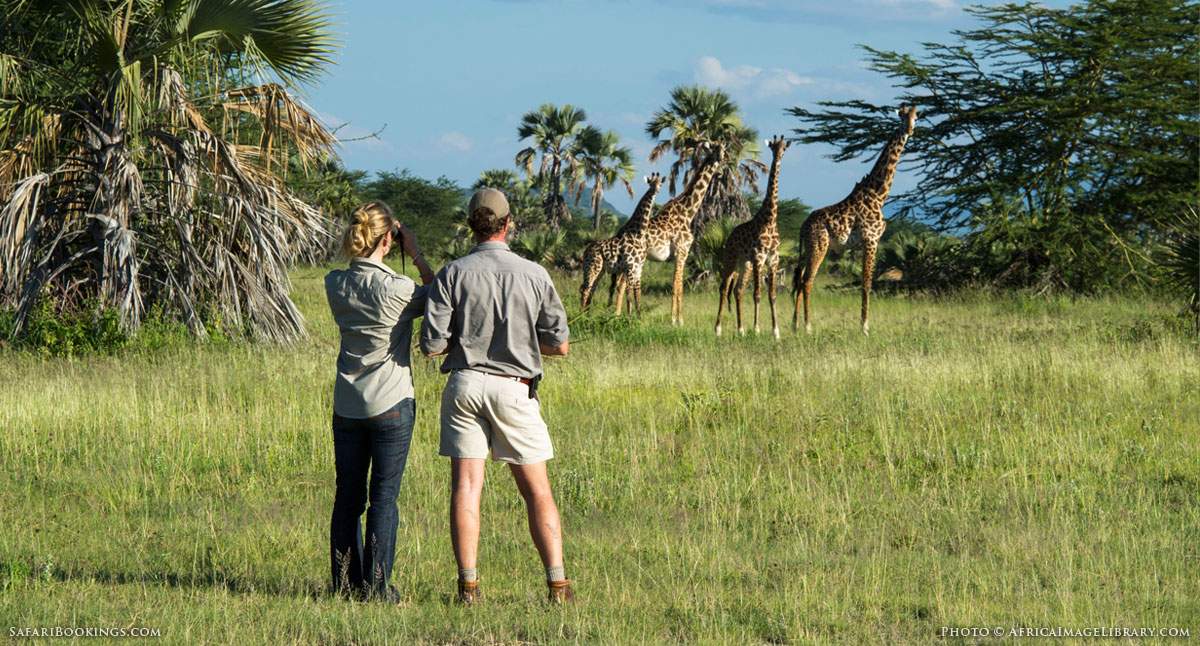How to Safely Observe Wildlife in Forests
Observing wildlife in their natural habitat is a rewarding experience that fosters a deeper connection with nature and enhances our understanding of diverse ecosystems. However, it is essential to prioritize safety for both the observer and the wildlife.
This guide will provide comprehensive insights into safely observing wildlife in forests, ensuring a responsible and enriching experience.
Preparation: Equip Yourself with Knowledge and Gear
Research and Planning
Before embarking on a wildlife observation trip, thorough research and planning are crucial. Understanding the specific forest area, its wildlife, and their behaviors can significantly enhance the experience. Resources such as guidebooks, wildlife websites, and local experts can provide valuable information on the species you are likely to encounter and the best times for observation.
Appropriate Gear
Equipping yourself with the right gear is essential for both comfort and safety. This includes:
- Clothing: Wear neutral-colored clothing that blends with the environment. Layers are advisable to adapt to changing weather conditions. Avoid bright colors and strong scents that can alarm wildlife.
- Footwear: Sturdy, comfortable hiking boots are essential for navigating forest terrain.
- Binoculars and Cameras: High-quality binoculars and cameras with zoom lenses allow for detailed observation from a safe distance.
- Maps and GPS Devices: Ensure you have a reliable map and a GPS device to navigate the forest safely.
- First Aid Kit: Carry a basic first aid kit to handle minor injuries.
Respecting Wildlife and Their Habitat
Maintain a Safe Distance
Respecting wildlife involves maintaining a safe distance at all times. This not only ensures your safety but also prevents stress and disruption to the animals. Use binoculars and cameras to observe animals without encroaching on their space.
Avoid Disturbances
Minimize noise and movement to avoid startling wildlife. Speak softly, move slowly, and avoid sudden movements. Refrain from using flash photography, as it can distress animals and disrupt their natural behavior.
Leave No Trace
Adhere to the principles of "Leave No Trace" to protect the natural habitat. This includes:
- Dispose of Waste Properly: Carry out all trash and dispose of it responsibly.
- Stay on Marked Trails: Stick to designated paths to avoid trampling vegetation and disturbing animal habitats.
- Do Not Feed Wildlife: Feeding animals can alter their natural foraging behaviors and make them dependent on humans.
Understanding Animal Behavior
Recognize Signs of Distress
Understanding animal behavior is crucial for safe observation. Recognize signs of distress such as raised fur, growling, or retreating. If an animal exhibits these behaviors, it is best to slowly and calmly back away to give it space.
Seasonal Behaviors
Different seasons bring different behaviors in wildlife. For example, during mating season, animals may be more territorial and aggressive. In winter, animals might be less active. Understanding these seasonal patterns can help in planning your observation trips and ensuring safety.
Know the Habits of Dangerous Wildlife
Certain species can pose risks if encountered unexpectedly. Learn about the habits and behaviors of potentially dangerous wildlife, such as bears, snakes, and large predators. Knowing how to react in case of an encounter is vital. For example, making noise can alert bears to your presence, reducing the chance of a surprise encounter.
Legal and Ethical Considerations
Follow Local Regulations
Adhere to all local regulations and guidelines for wildlife observation. This includes obtaining necessary permits, respecting restricted areas, and following rules set by forest authorities.
Ethical Wildlife Observation
Ethical wildlife observation goes beyond safety and legal considerations. It involves a deep respect for nature and a commitment to conservation. This includes:
- Supporting Conservation Efforts: Contribute to local conservation projects and support organizations working to protect wildlife and their habitats.
- Educating Others: Share your knowledge and experiences to promote awareness and respect for wildlife.
- Reporting Illegal Activities: If you witness any illegal activities such as poaching or habitat destruction, report them to the authorities.
Engaging with Local Communities
Engaging with local communities can enrich your wildlife observation experience. Local guides and experts can provide valuable insights and enhance your understanding of the forest ecosystem.
Additionally, supporting local communities through eco-tourism can contribute to conservation efforts and sustainable development.
Conclusion
Observing wildlife in forests is a captivating and educational experience that requires careful preparation, respect for nature, and a commitment to safety. By equipping yourself with the right knowledge and gear, maintaining a respectful distance, understanding animal behavior, and adhering to legal and ethical guidelines, you can enjoy the wonders of wildlife while contributing to their preservation. Embrace the opportunity to connect with nature, and remember that responsible observation is key to ensuring that these majestic creatures continue to thrive in their natural habitats.
Sources
National Geographic: Wildlife Observation Tips
Leave No Trace Principles
World Wildlife Fund: Responsible Wildlife Watching




























































